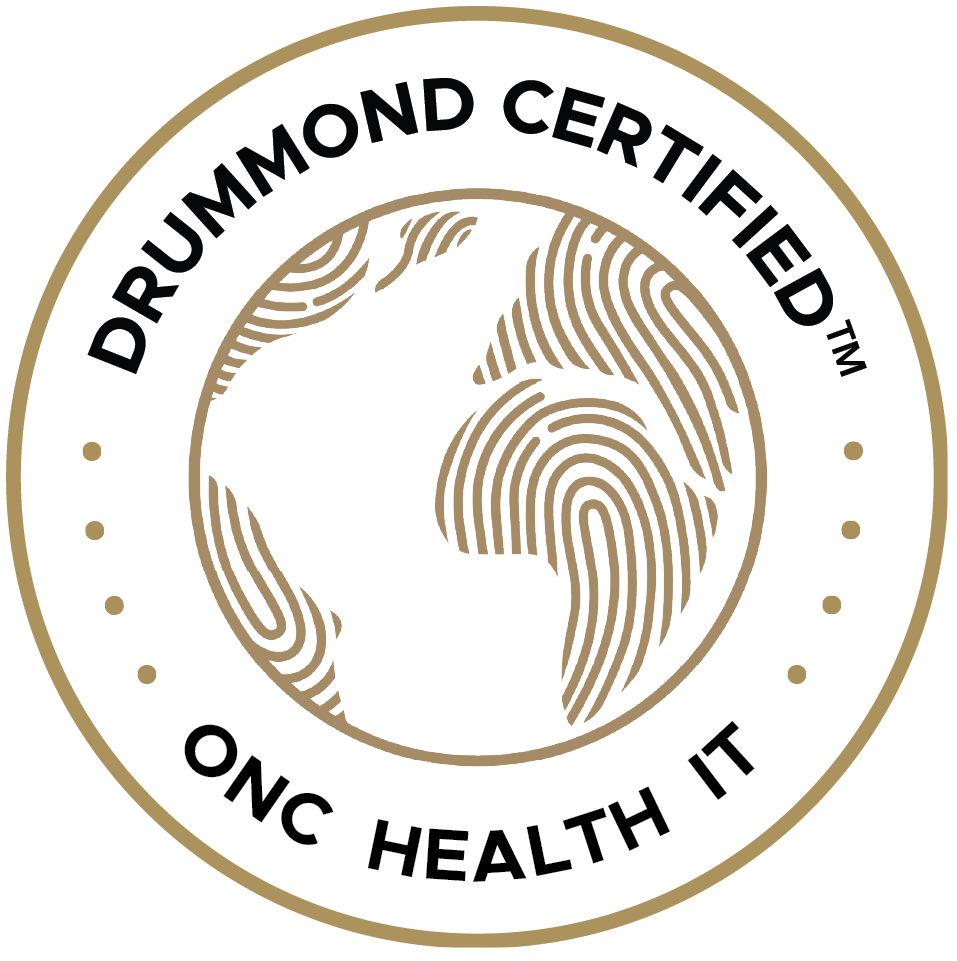Electronic health records (EHRs) were originally designed for hospitals and medical practices. Over the past decade, software developers recognized the need to design EHR systems specifically for behavioral health providers, and there are now many on the market.
The best behavioral health EHR platforms streamline back-office administrative practices, improve compliance, and integrate all practice operations. Most importantly, many of these EHR systems’ features positively affect clinical quality. Behavioral health EHR platforms with robust features are driving better patient outcomes in eight meaningful ways.
1. Streamlined documentation
Providers using a behavioral health EHR system will significantly streamline their documentation. Effective form design functionality should include the ability to pre-populate static information from one form to another, eliminating the need for clinicians to repeatedly re-enter data. Patient demographic information, treatment goals, objectives and interventions, and patients’ histories are examples of the data that an EHR system should copy forward. The ability to design forms that allow for radio buttons, drop-down menus, and “if-then” logic speeds up documentation demands appreciably. Providers have significantly more time to spend with patients, which results in a better patient treatment experience and improved outcomes.
2. Improved documentation
Behavioral health EHR systems allow for dramatic clinical improvements to documentation. Strong clinical documentation is essential for quality outcomes because it highlights patient progress (or regression) toward goals and helps draw a roadmap for treatment. The ease of documentation afforded by the EHR system enables clinicians to document in real time or near real time, improving the clinical quality of patient records.
If the EHR forms are highly customizable, they can also be designed to prompt or require clinicians to capture crucial treatment-related information that can otherwise be inadvertently omitted from records. The ability to access, utilize, and save all standard forms offline for future uploading to the web-based EHR system is critical for community-based providers. It enables these providers to also produce real-time documentation, without the need for internet connectivity.
3. Patient engagement
Patient engagement in treatment is critical to realizing positive outcomes. One way that the best behavioral health EHR systems promote engagement is by providing patient portals to access their treatment information. Through an EHR platform portal, patients can stay engaged in treatment between sessions. They can view their treatment plans, progress graphs, crisis plans, and recommended therapeutic exercises or assignments. Some portals also give patients and providers a secure means of engaging in written communication outside of sessions, and automatic alerts let patients and providers know that they have new communication.
A HIPAA-compliant EHR system may also be a platform for telehealth sessions. Telehealth is often the preferred method for patients to engage in treatment. It is an excellent solution for patients unable to attend in-person sessions due to unreliable transportation, childcare demands, work schedule conflicts, etc.
4. Treatment compliance
Treatment compliance is essential for patients’ success. An EHR system can reduce the number of missed appointments because it can combine recurrent scheduling and appointment reminder capabilities, which will increase patient compliance with treatment. Setting appointments on the same day and time for weeks or months at a time reduces the number of appointments that patients forget to attend. Appointment reminder capability by phone, text, or e-mail also improves compliance.
5. Proper diagnoses
EHRs help clinicians get the diagnosis right the first time and promptly identify progress, lack of progress, or regression in their patients. An enhanced ability to accurately diagnose a patient and assess treatment efficacy will result in improved outcomes. The best behavioral health EHR systems support this by providing access to many of the most widely used assessments.
Many EHR platforms enable the creation of customized assessments, beyond the standard offerings, to address the full scope of all providers’ practices. The ease of use, including automatic scoring, enables providers to administer more assessments more often. Multiple reviews can provide a comprehensive picture of a patient’s symptoms and result in more accurate diagnoses. Assessing more frequently also allows providers to quickly determine if their therapeutic interventions are succeeding or require adjustments.
6. Streamlined medication management
E-prescribing offerings in EHR systems streamline medication management and reduce medication errors and harmful drug interactions. Medication histories in e-prescribing modules give providers at-a-glance histories of previously prescribed medications and the reasons for discontinuing them. The modules should also contain patient allergy information and drug interaction warnings. E-prescribing assures that the drugs being prescribed by one provider are compared with all prescriptions currently being filled at the patients’ pharmacies. This double-check is so patients will not experience harmful drug interactions if one provider is unaware of a drug prescribed by another.
While e-prescribing capability does not interface with every pharmacy, it can easily “talk” to the largest, most popular pharmacies in any given area. E-prescribing improves behavioral health outcomes by identifying medications that have not been effective in the past, avoiding harmful drug interactions and reactions, and ensuring that patients receive the maximum benefit from their medications.
7. Communication between co-providers
In practices where therapy and medication management co-exist, outcomes are improved by communication between co-providers. Providers treating the same patient can see the notes, assessments, etc. documented by another in their practice. Provider-to-provider alerts are essential to enable providers to engage in written communication with one another. Members of a patient’s treatment team outside of a behavioral health provider’s practice can also be given access to a patient’s portal with appropriate permission. This enables all treating parties to have access to information regarding the patient’s treatment.
When clinical collaboration replaces a siloed approach to treatment, clinical quality and patient outcomes improve.
8. Outcome prediction
The best behavioral health EHR systems expand reporting capabilities that assess clinical outcomes and allow for the manipulation of discrete data to predict outcomes through analytics. Data related to past patients’ gender, age, diagnoses, treatment modalities, medication, etc., along with the assessment, can be compiled and manipulated to predict the outcomes for current and future patients.
Providers are using predictive analytics to create patient treatment plans that have a statistical probability of achieving the best outcomes. Behavioral health EHR systems that support advanced data manipulation can be used to direct treatment for improved outcomes. The platform should offer custom report-writing functionality that enables all users to easily create reports so they may access and evaluate the data that providers want to see.
Behavioral health EHR systems are driving better patient outcomes by improving the quality and ease of clinical documentation, patient engagement, patient treatment compliance, diagnostic accuracy, frequency of assessments, medication management, communication between providers, and the ability to predict the efficacy of treatment modalities. Compare the capabilities of various EHR systems in these critical areas to ensure that you find the best behavioral health EHR platform with the functionality to maximize your patients’ treatment experiences and ultimately, enhance treatment outcomes.
Here at CarePaths, we help therapists work more effectively and improve patient outcomes by empowering them with the data that they need via EHR. To learn more about how we can help you, start your free trial today!









